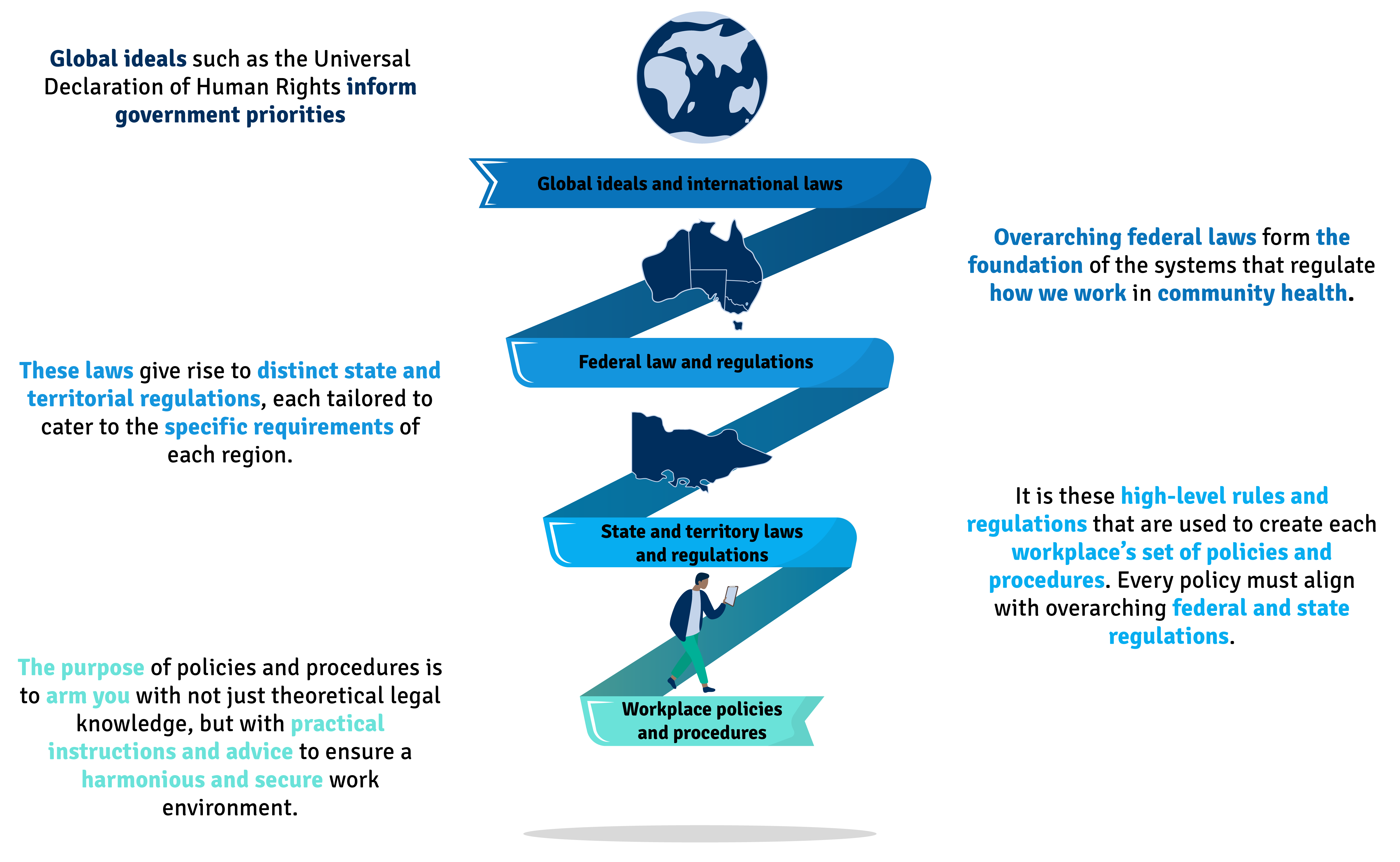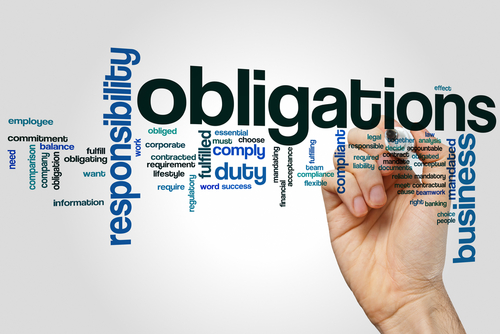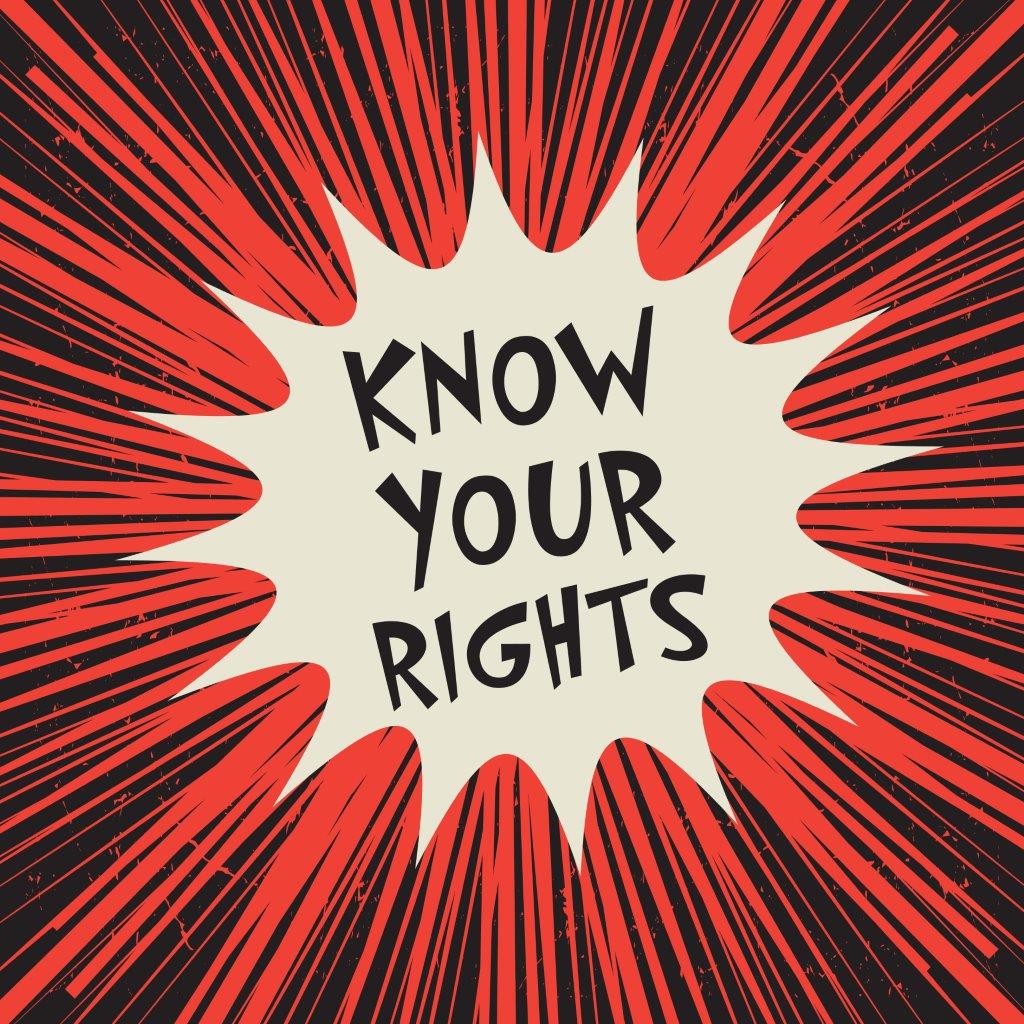Valuing people
Respecting and valuing individuals by recognising and supporting their unique perspectives, values, beliefs, and preferences. Engaging in active listening and collaborating with others to create and deliver services together.
Autonomy
Offering individuals the opportunity to make choices and honoring those decisions. Ensuring a balance between rights, risks, and responsibilities. Enhancing personal autonomy by sharing power and involving individuals in decision-making. Promoting independence by focusing on and developing each person’s strengths, interests, and abilities.
Life experience
Recognising and valuing an individual’s identity by appreciating their past, acknowledging their current experiences, and respecting their aspirations for the future.
Understanding relationships
Building cooperative relationships between service providers, service users, their caregivers, and staff. Fostering social connections within the local community by providing opportunities for meaningful engagement.
Environment
Organisational values grounded in person-centred principles. Providing support tailored to each individual’s needs. A coordinated, organisation-wide approach to fostering both individual and organisational learning.













